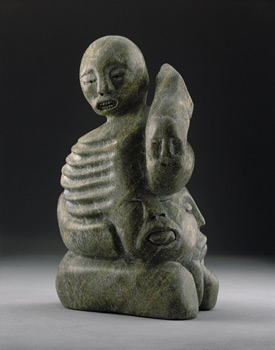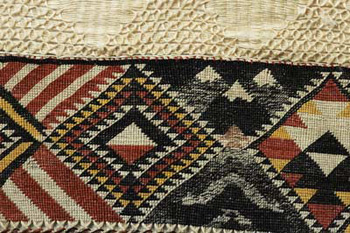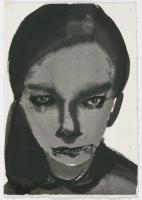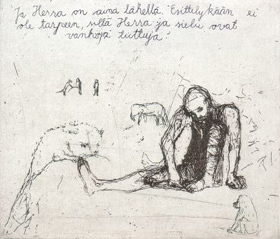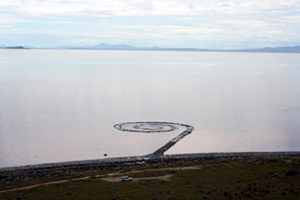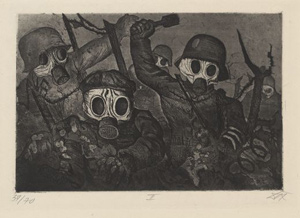Marimekko
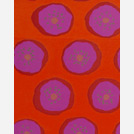
Marimekko Pattern: Karhunkukka (1964/2004) (translation: Bearflower)
Designer: Maija Isola and Kristina Isola
Soon after my last post, which mentions Marimekko, I found an article in the Guardian about how Marimekko may have won John F. Kennedy the 1960 presidential election! Jacqueline Kennedy wore these Finnish cotton dresses, and seemingly the voters liked that these were less stuffy than her Parisian wardrobe. Certainly it helped increase the fame of this company. It’s an interesting story of the company and the women in it.
If you’re in Glasgow go see: Marimekko: Fabrics, Fashion and Architecture which runs from September 10 to November 8 at The Lighthouse, Glasgow, Scotland.
And here’s the Marimekko website. I remember long ago I made a couple of garments out of bold and colourful Marimekko fabric for myself and later for my first child. Back in 2002 when visiting Helsinki we noticed two large and elegant Marimekko stores on fashionable and touristy shopping streets.
(Thanks to Pekka Nykänen for the Guardian link!)
